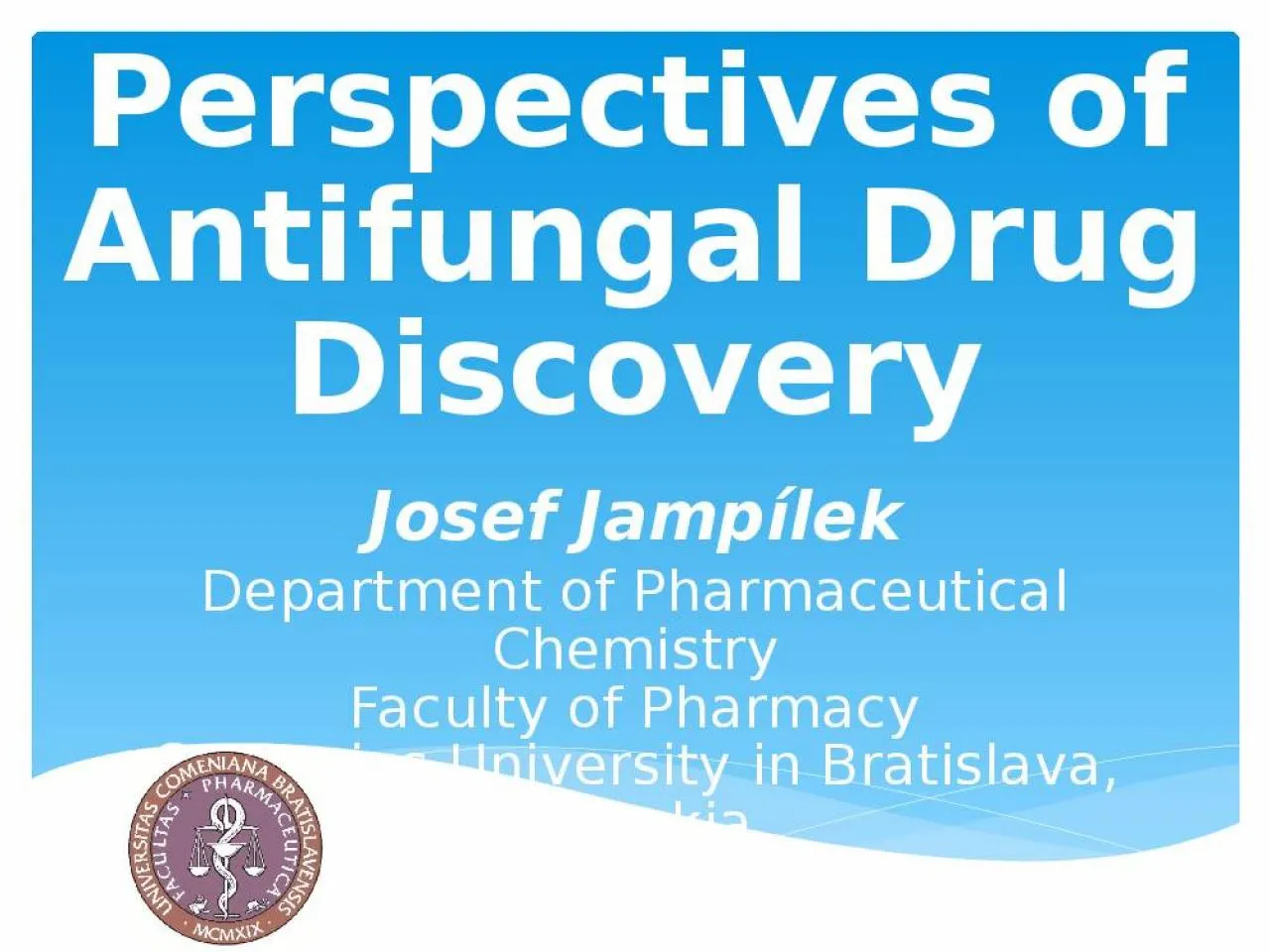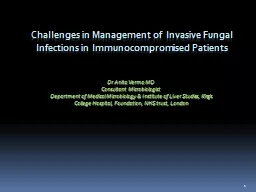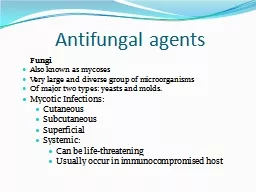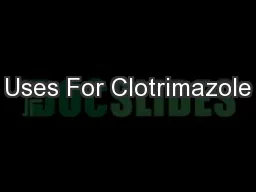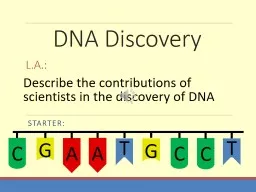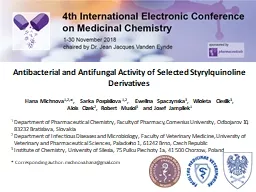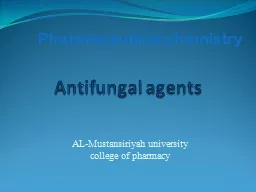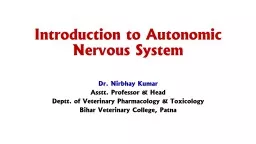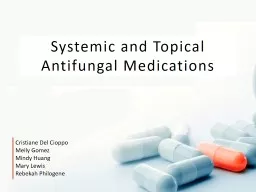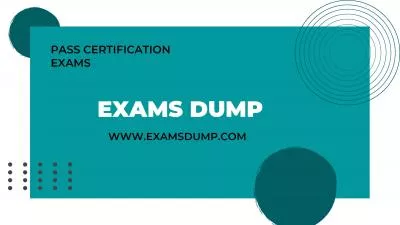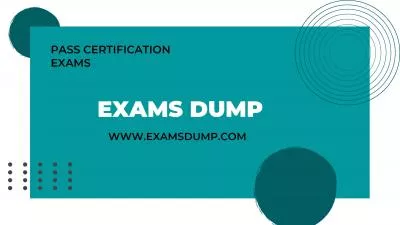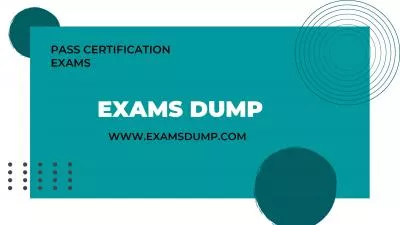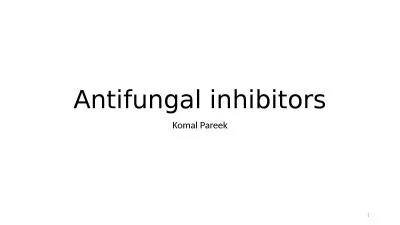PPT-Perspectives of Antifungal Drug Discovery
Author : mia | Published Date : 2022-02-15
Josef Jampílek Department of Pharmaceutical Chemistry Faculty of Pharmacy Comenius University in Bratislava Slovakia Present situation Preparation of nanoparticlesnanoformulations
Presentation Embed Code
Download Presentation
Download Presentation The PPT/PDF document "Perspectives of Antifungal Drug Discover..." is the property of its rightful owner. Permission is granted to download and print the materials on this website for personal, non-commercial use only, and to display it on your personal computer provided you do not modify the materials and that you retain all copyright notices contained in the materials. By downloading content from our website, you accept the terms of this agreement.
Perspectives of Antifungal Drug Discovery: Transcript
Download Rules Of Document
"Perspectives of Antifungal Drug Discovery"The content belongs to its owner. You may download and print it for personal use, without modification, and keep all copyright notices. By downloading, you agree to these terms.
Related Documents

